KTM Explains Its Automated Manual Transmission (AMT)

Automatic shifting to debut on upcoming models
Earlier this year, KTM teased its Automated Manual Transmission (AMT), showcasing the automatic transmission on a prototype at the Red Bull Erzbergrodeo. Today, KTM revealed more information about the technology, providing details about how it functions.
With the AMT, KTM joins Honda, BMW and Yamaha in introducing a new generation of automatic clutch or transmission tech. As we previously explained, each of these brands adopted a slightly different approach to automatic shifting, and KTM is no different.
Read More:
Unlike the others, which use an actuator controlled by an Engine Control Unit (ECU) to manipulate the clutch, KTM’s AMT uses a centrifugal clutch. With the transmission in first gear, the centrifugal clutch engages as the engine speed increases. According to KTM, this makes pulling away, stopping, slow-speed maneuvers and starting on an incline much easier, particularly on larger motorcycles. Theoretically, a centrifugal clutch should also make a transmission impossible to stall.
Gear shifts are performed by an electromechanical actuator, similar to BMW’s and Yamaha’s systems. Shifting can be fully automatic, with the ECU and a Transmission Control Unit (TCU) controlling the actuator, or manual, either with a traditional foot shifter or handlebar-mounted paddle shifters. The automatic shifting works in unison with ride modes, so shifting points for sportier modes will be different than for road or rain modes. KTM says the automatic mode takes about 50ms to shift gears, which is comparable to a traditional quickshifter.
The centrifugal clutch also means the transmission needs a Park setting, like you would find on an automatic car. The AMT gearbox doesn’t follow a traditional 1-N-2-3-4-5-6 shift pattern like conventional motorcycles. Instead, it uses a P-N-1-2-3-4-5-6 pattern, with P engaging a locking pawl in the gearbox to put the bike in Park and prevent unwanted rolling.
This is where KTM’s system may require a slight mental adjustment for those who are used to traditional motorcycle gearboxes. While the foot shifter can be used to cycle through gears 1 through 6, the Park and Neutral positions can only be selected using the paddle shifter, whether the engine is running or not. Shifting back into gear requires either the front or rear brake to be applied.
What this means is there’s no need to fiddle with the shift pedal to find neutral between first and second gear. Riders will, however, need to remember to engage either Park or Neutral with the paddles; those who habitually park their bikes in first gear will also need to remember doing that with the AMT will not prevent the bike from rolling.
KTM says it engineered the AMT system to maintain similar proportions to a traditional gearbox, and to keep the extra weight at a minimum. No weight figures were released, however, but with just a transmission actuator, we expect the additional weight will be lighter than the 6.6 pounds claimed for Yamaha’s system, which has a second actuator for the clutch
We don’t yet know which specific models will be the first to come with AMT, but the illustrations released by KTM show it employed on V-Twin engines. KTM has already confirmed it will be debuting a 1390 Super Adventure S, a Super Adventure S EVO, and a Super Duke GT, and all three would make good candidates for AMT.
Become a Motorcycle.com insider. Get the latest motorcycle news first by subscribing to our newsletter here.

Dennis has been a part of the Motorcycle.com team since 2008, and through his tenure, has developed a firm grasp of industry trends, and a solid sense of what's to come. A bloodhound when it comes to tracking information on new motorcycles, if there's a new model on the horizon, you'll probably hear about it from him first.
More by Dennis Chung













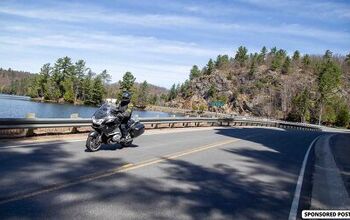
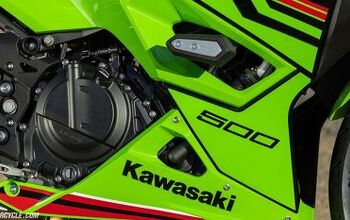



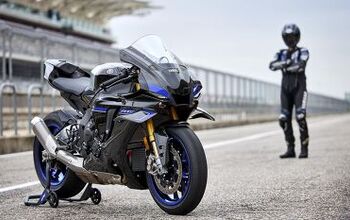









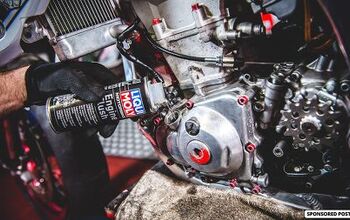
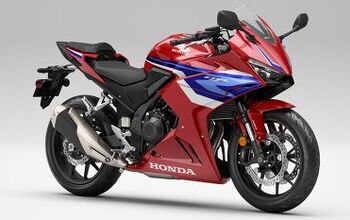

Comments
Join the conversation
If KTM goes bust will Husaberg rise from its grave?
My 1975 Honda CT70 was soooo ahead of its time!